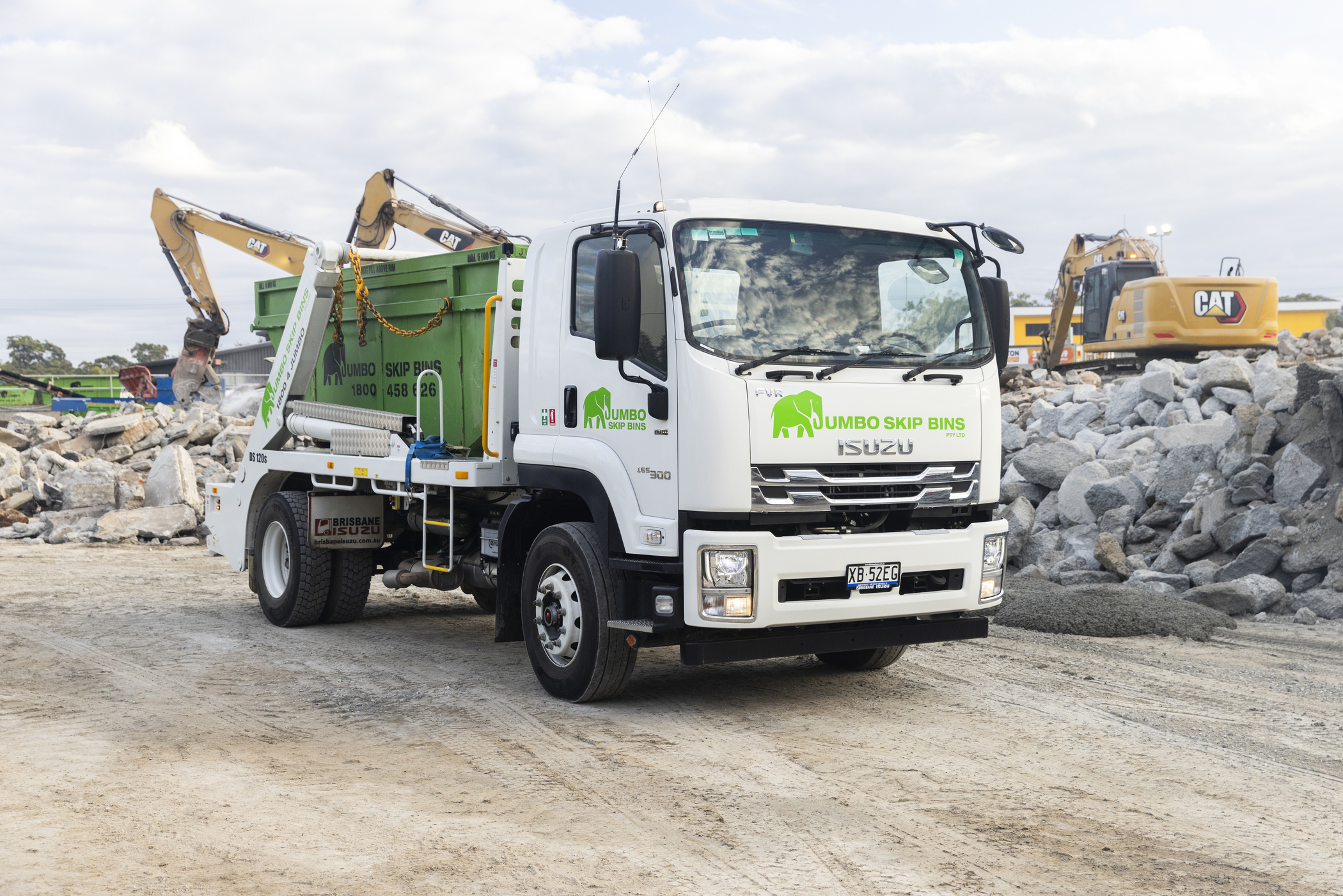DRIVING DISTRACTED - PHONE USE, DRIVING AND YOU

 As our phones become bigger, better and more essential to our daily working lives we’re also finding them increasingly difficult to put down. These distracting devices can affect our sleep and our face-to-face interactions with family and friends but also, and most dangerously, our ability to safely pilot a vehicle.
We all know handling our phones while driving is illegal, and for good reason. In fact, using your phone can make you four-times more likely to have an accident.
Yet with mobile phones now an assumed tool of the trade, and phone integration with our trucks becoming more pronounced, it’s worth having all the facts on how to safely use your mobile while driving.
For owner-drivers, contractors and fleet managers, dealing with this issue is of crucial importance. The risks involved in juggling an eight tonne-truck and a game of 'Angry Birds' is a frightening thought.
While gaming isn’t a problem for your average driver, there’s a decent chance phone calls are. Combine this with companies wanting to employee younger drivers, and phone use will inevitably rear its head sometimes.
So keeping that in mind we’ve developed this introductory guide to getting to grips (or perhaps the opposite), with phone use on the road.
As our phones become bigger, better and more essential to our daily working lives we’re also finding them increasingly difficult to put down. These distracting devices can affect our sleep and our face-to-face interactions with family and friends but also, and most dangerously, our ability to safely pilot a vehicle.
We all know handling our phones while driving is illegal, and for good reason. In fact, using your phone can make you four-times more likely to have an accident.
Yet with mobile phones now an assumed tool of the trade, and phone integration with our trucks becoming more pronounced, it’s worth having all the facts on how to safely use your mobile while driving.
For owner-drivers, contractors and fleet managers, dealing with this issue is of crucial importance. The risks involved in juggling an eight tonne-truck and a game of 'Angry Birds' is a frightening thought.
While gaming isn’t a problem for your average driver, there’s a decent chance phone calls are. Combine this with companies wanting to employee younger drivers, and phone use will inevitably rear its head sometimes.
So keeping that in mind we’ve developed this introductory guide to getting to grips (or perhaps the opposite), with phone use on the road.
Is it really that bad?
Take a look at the figures. As law-makers struggle to keep pace with rapidly evolving technology, both in our phones and vehicles, distraction is blamed for a startling 71 per cent of truck accidents. A local study found that while 96 per cent of Western Australians believe phone use while driving is distracting, over half of the same survey respondents admitted reading text messages while behind the wheel. U.S studies on phone use while driving are similarly alarming. AT&T research indicates a staggering 70 per cent of drivers’ use their smartphones while driving, but not just to talk and text. Disturbingly, 27 per cent of respondents reported checking Facebook and a further 17 per cent taking ‘selfies’ behind the wheel. In short, it seems as if Australians, like our U.S counterparts, know the risks but have developed an unhealthy ‘it won’t happen to me’ attitude.So what’s the safe way?
Even legally using your phone while driving increases your risk of accident, but the law says you may make or receive phone calls, or use the phones audio/music/GPS functions, as long as you follow the legal requirements. This means the phone has to be affixed to the vehicle in a commercially designed holder (no gaffer tape) or can be operated without the need to physically touch the phone (Bluetooth or voice control enabled). No matter how you mitigate the risks, UK research indicates that conducting conversations while driving is a substantial hazard in itself. As opposed to in-car conversations, the person you’re talking to on the phone can’t see what’s happening on the road in front of you and adjust the conversation accordingly. Conversations often require you to visualise what the other person is talking about, which can overload your brain and hamper your ability to identify potential hazards on the road. Similarly, emotional or passionate discussions are best saved for when you’ve clocked off.Look Mum, no hands!
Still, the safest way is the completely hands-free option. While most new vehicles and trucks have options for Bluetooth connectivity, there are also a range of hands-free devices available for the tech-savvy road user that take the hassle - and risk - out of making those last-minute calls on your way to a delivery. Although many smartphones already have voice-control technology built-in, some of the voice recognition software can be a little clunky and it can be equally distracting to continuously yell the name of that song you want to listen to, just to have your phone repeatedly call your ex. Unfortunately for all you social-media addicts out there, none of these options allow you to take selfies. Please, do us all a favour and pull over. So remember, if phone use is a necessity for your fleet or business, hands-free Bluetooth connectivity is your safest option. Otherwise, ensure the phone is safely mounted in a position that doesn’t obstruct your view of the road.


Playtime’s over, get $3,500* to spend on extras.
If you’re ready to get serious about tackling bigger jobs, grab yourself an NLR 45-150 AMT SWB Traypack from the Ready-to-Work range for $62,990 drive away*. And to prove we aren’t playing, buy any NLR Traypack before June 30 and you’ll get $3,500* to spend on genuine accessories or an Essentials service agreement.
Learn more



